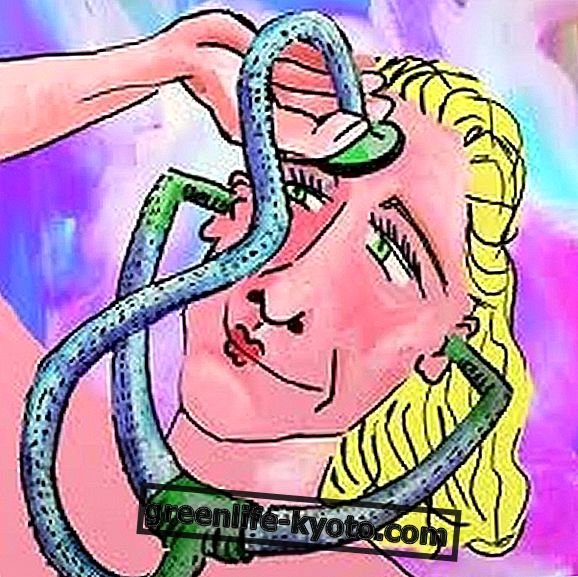
Cystitis is a bladder infection, very common in women. Cranberry amercano and bearberry can help prevent and treat recurrent cystitis: let's see how.
What is cystitis and which are the most suitable phytotherapics
Cystitis is a bladder infection that can be caused by several microorganisms, including Gram negative bacteria, particularly Escherichia coli .
Urinary tract infections such as cystitis mostly affect women because the female physical conformation makes the urinary tract more easily contaminated.
Urinary tract infections can also be more frequent under certain conditions including pregnancy, diabetes and the presence of kidney stones.
In cystitis, the bacteria adhere to the epithelial cells of the bladder wall, penetrate the wall and cause an inflammatory response that causes pain, burning, urgency to urinate and the presence of bacteria in the urine.
Plants are continually forced to defend themselves from infections, so nature offers different medicinal plants with antimicrobial activity, which can be used to fight cystitis: these plants act mainly through a direct antimicrobial action or by inhibiting the adhesion of bacteria to the cells of the 'epithelium.
The two phytotherapists most used in the treatment of cystitis are the American blueberry and bearberry: the first has been extensively studied while for the second the use is based on a traditional consolidated use.
American cranberry to prevent recurrent cystitis
The American blueberry or cranberry is the fruit of Vaccinum macrocarpon, a plant that produces red berries that are consumed as such or in the form of juice.
The American cranberry has been attributed an antibacterial activity due to the irreversible inhibition of bacterial adhesion to the bladder wall.
The studies on the American blueberry have been carried out using the juice of the berries and the results have been encouraging, above all as regards the prevention of recurrent cystitis, for which it is recommended to take 500 ml of cranberry juice a day .
Given the high presence of sugar, it is not recommended to take cranberry juice in people who need to control their blood sugar levels; also pay attention to those who suffer from kidney stones, as American blueberry extracts can increase the levels of calcium oxalate in the urine.
Bearberry for treatment of cystitis
Bearberry is represented by the leaves of Arctostaphylos uva ursi, an evergreen shrub widespread in central and northern Europe.
Bearberry was and is widely used to treat urinary tract infections and is effective in mild recurrent cystitis .
The main responsible for the antibacterial activity of bearberry is arbutin, a glycoside that is hydrolysed in the intestine, freeing hydroquinone.
The hydroquinone, once absorbed, is conjugated at the level of the liver and hydrolyzed again in the urine: the free hydroquinone thus exerts its antiseptic action at the level of the bladder .
For the treatment of cystitis it is recommended to take one gram of dried grapefruit leaves in an infusion form for no more than two weeks.
Since, as we have seen , arbutin requires the action of the intestinal bacterial flora to release the hydroquinone that will then be absorbed, if the bacterial flora is compromised (for example due to the use of antibiotics), the assumption of bearberry will result ineffective for the treatment of cystitis.
The use of bearberry is not recommended in pregnancy, in children and in case of serious kidney problems.













